There’s a question I always get from fellow tea heads, and it’s one that has increased in frequency over the last couple of years: “So, what’s the deal with Indian teas?” Or some permutation of that. I’m not sure when it happened, but I became known (peripherally) in a few tea circles as the “Indian tea guy”. Which is weird considering . . . I’m nowhere close to being Indian. I’ve never even been to the country.
However, one thing I’ve noticed over the last ten years, amidst my muscatel-fueled echo chamber, people gravitated more prominently to Taiwanese oolongs, Wuyi oolongs, or—more infamously—to puerh collectorship. And yet, while I flirted with all types of tea, I always returned to my Himalayan palatial home. What’s funny is, I’ve never fully addressed why.
But then something triggered me to finally to so. Or rather, some drink.
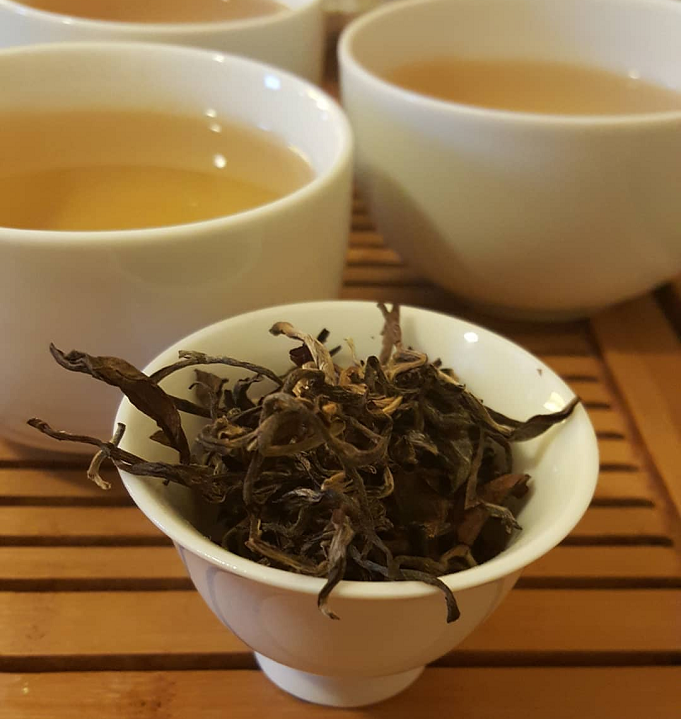
Castleton Moonlight, Second Flush; my absolute favorite tea of all time. This batch came from Thunderbolt Tea, and—like many I’d tried since 2011—it still remained my perfect tea. No matter the lot or invoice.
The moment I tried this style of semi-oxidized wonderful-ness eight years ago, my tea palate default was set. And as my tea exploration continued, sweet, bug-bitten, floral, muscatel notes were the tuning fork I used as a comparison. All orthodox teas have their merits, but favoritism is subjective. How could I narrow that down, though?
Turns out, 2019 was a perfect microcosm to define my flavorful fascination with India’s very-in-flux tea scene. A lot of bad happened, but amidst all the political and economic tumult, many fascinating discoveries came out of the subcontinent that year. And, by highlighting a few, I think I might get my quixotic point across.
By region.
The Nilgiris
I can’t talk about this growing region in Tamil Nadu without waxing dialogic about Tea Studio. 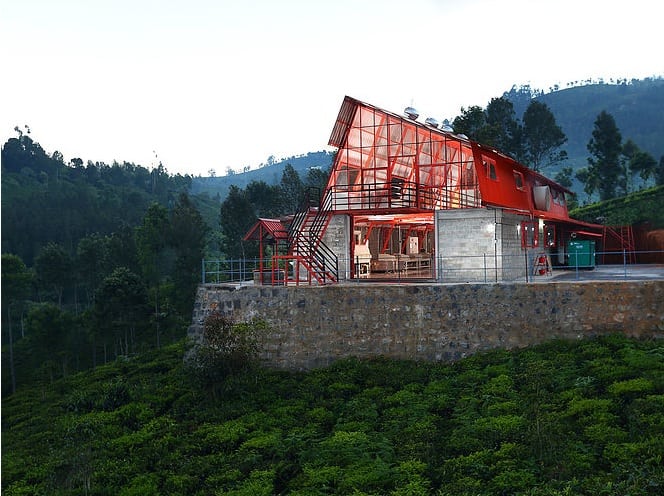
Thanks to Camellia Sinensis‘ Kevin Gascoyne, I was able to sample several teas from this innovative tea factory in 2018. (I wrote about them here.) But it wasn’t until 2019 that I had the opportunity to try their weirdest experiment yet.
This sucker.
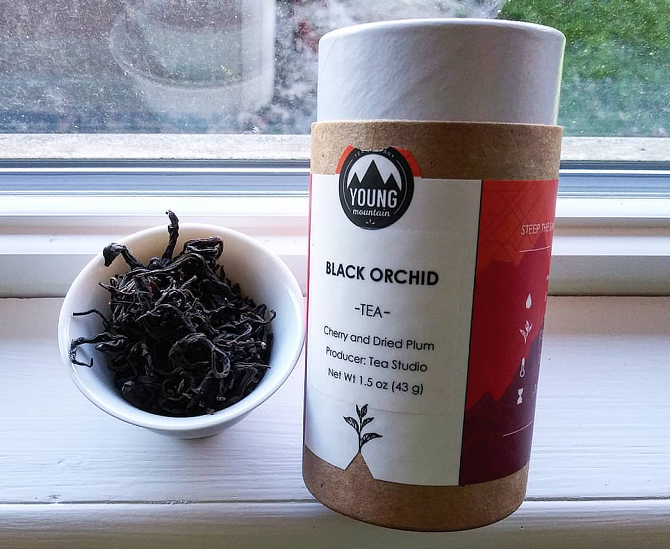
The way I heard how this was created goes like this: Young Mountain Tea hosted a tea tour in 2019. On said tour was a tea vendor that mused whether or not they could produce a tea that resembled a Sun Moon Lake black tea from Taiwan. The Tea Studio Poweresses That Be were like, “Hey, let’s give it a go!”
Black Orchid was the result. I got my hands on a small “tin” of the stuff at the Northwest Tea Festival that autumn. (At the time of this writing) I have very little left. The tasting notes were exactly like a Taiwanese black, even down to its ability to hold up to a gong fu session. I hope this one-shot experiment gets a sequel.
Assam
I can’t mention Assam without mentioning Tea Leaf Theory.
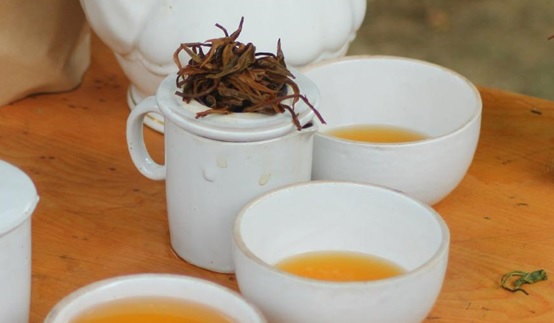
The small garden collection vendor/experimental processing op has furthered my education about the potential of the region more than any outfit has. I’ve covered them rather extensively over the last couple of years. 2019 was no different.
Aside from trying teas from my favorite garden, Latumoni, I also finally notched off the signature black tea from a sister garden—Koliapani.
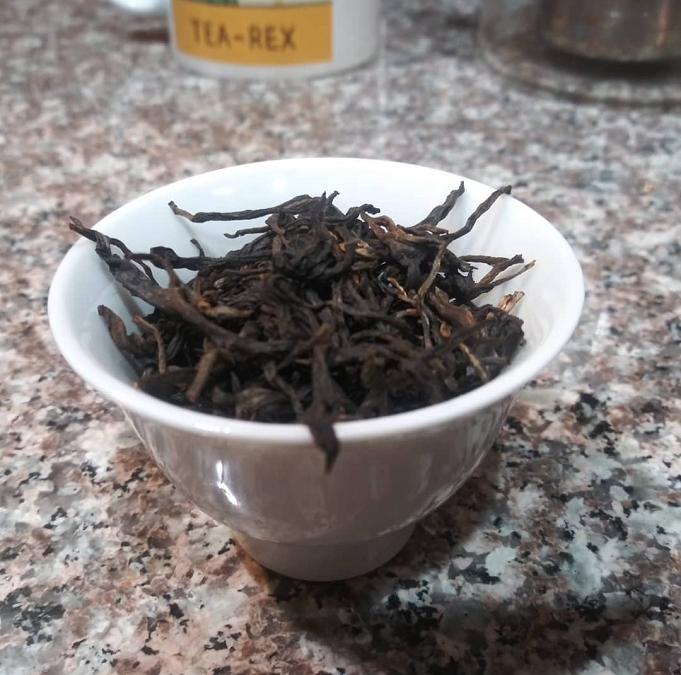
One of the chewiest Assams I’d ever had.
And as an added bonus that year, I even got to do a side-by-side of green teas from Koliapani and Latumoni. I even filmed the results.
Larger Assam gardens aren’t known for producing quality teas in the autumn, but the smaller gardens—with the right support—managed to make it a period of innovation in 2019. The flavor profiles on display during that season were light years removed from whatever the region’s larger outfits produced. I’d even say they could go head-to-head with any green teas from China. No joke.
Before the year closed out, though, there was one last surprise in store for me. Peter Jones, general manager of Trident Booksellers & Cafe passed this lovely batch my way.
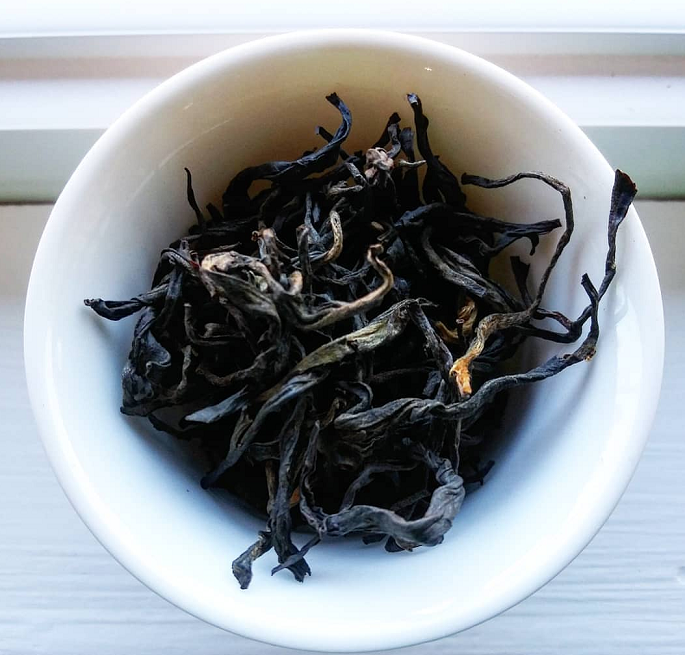
A custom-made Assam from Latumoni village, sourced through Tea Leaf Theory, that was made entirely from plants grown (semi-wild) from seed. And I’m pretty sure it was my favorite black tea of 2019. It was certainly the maltiest black tea I tried that year. As expected, it also wasn’t lasting long in my house.
These whole leaf, small garden, experimental factory batches have spoiled me on any other kind of Assam going forward. That may be a good thing. Perhaps it will fuel other such operations to work under the same philosophy.
Manipur
Possibly one of the most interesting discoveries I made in 2019 was of an entirely new (to me) growing region. Manipur, India is a state right below Assam, Meghalaya and Nagaland. Like those states, it also has a plethora of assamica trees just growing wild; doing their own thing. No one knows how they got there.
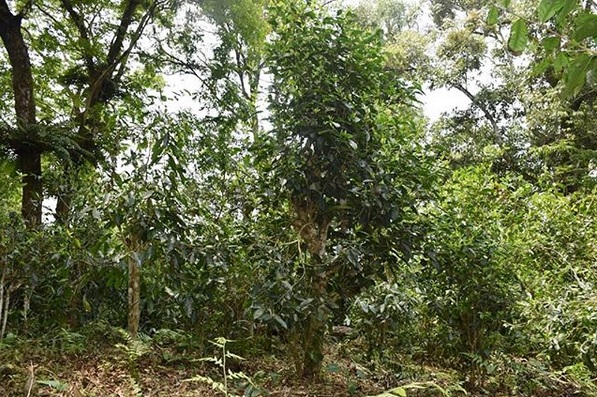
An outfit called Forest Pick Wild Tea was formed a couple of years ago to make something of these trees. Another outfit, whom I got to know in 2019—Ketlee—carried their more . . . “experimental” stuff. And I was happy to nab them. I finally got my grubby li’l hands on purchased one of the Manipur sheng cha cakes that November.
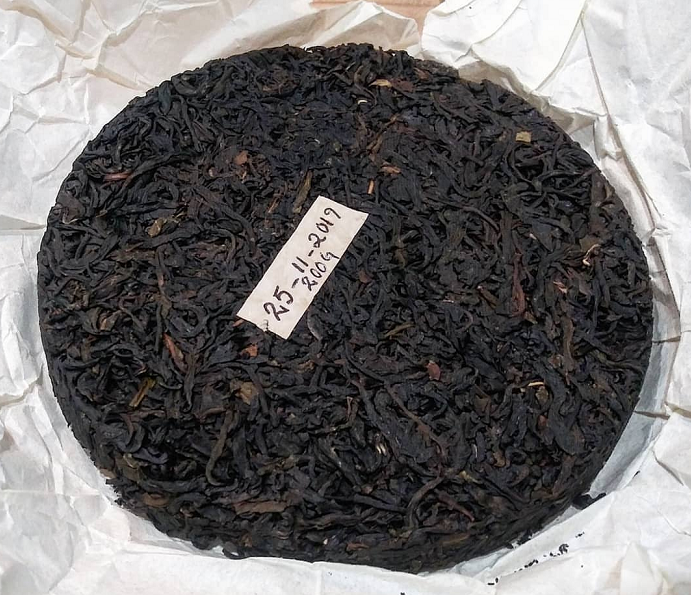
Since then, I’ve chiseled my way through a bit of its periphery. Savoring its delectable golden raisin notes with all the sophistication of a toddler licking his fingers after splashing ice cream all over his face. 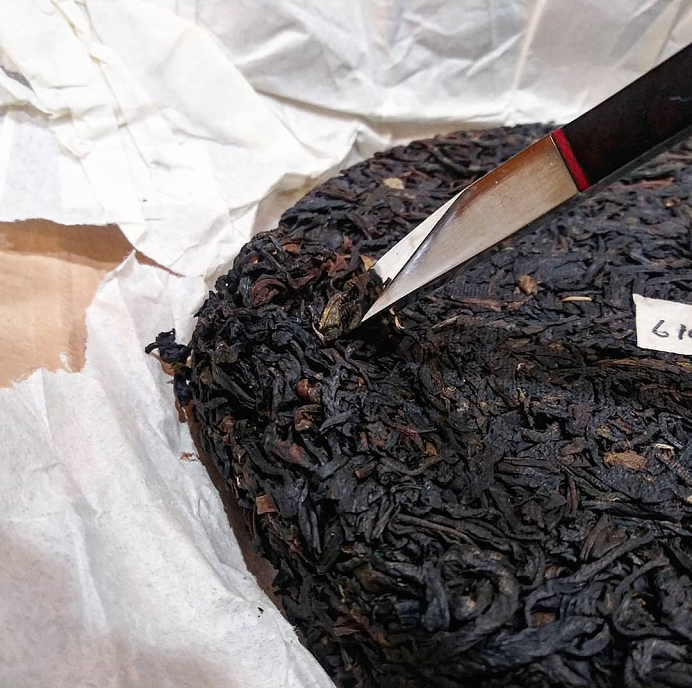
On a more lucid afternoon in 2020, I even had a momentous first—comparing caked leaves to similar loose leaf (maocha) material. Of course, I also recorded that for posterity. What? My memory sucks.
Okay, semi-lucid.
While the region is still in the learning stages of tea processing, what they’ve come up with thus far has been pretty darn respectable. So much so that Tea Journey Magazine even featured Forest Pick in an article, recently. As long as they continue to experiment, I’ll be waiting on the sidelines—cup in hand, shaking.
Darjeeling
The region that started me on this crazy palatial journey. More specifically, I’m not just known as “the Indian tea guy”, everyone knows me as the only (active) tea blogger that features Darjeeling quite often, heavily, and in rapturous detail. Somehow, in my little corner of the Internet that has equated to me being the go-to guy for advice on Darjeeling gardens. It was a role I never thought I’d see myself in. Not that I mind. However, it is sometimes a rather lonely one.

While most of the tea community and tea blogosphere talk about puerh and/or whatever oolong is fashionable, I’m over in a corner writing nerdy word vomit about the latest Giddapahar I sipped. Or, as was the case this last year, the latest oddi-teas coming out of Gopaldhara that autumn.
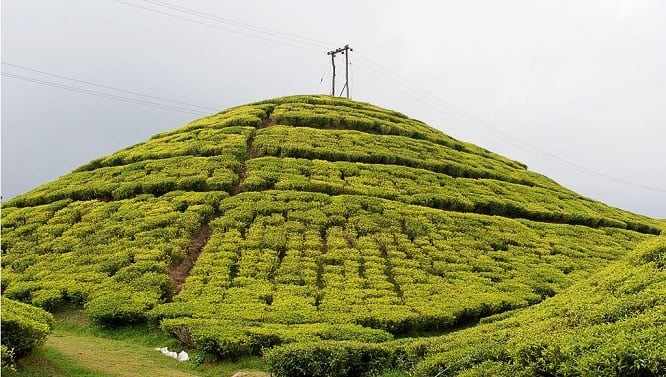
The old garden produced some very interesting iterations in autumn of 2019. A few of which were a formula of invoices I already wrote about. Unlike the Red Thunder invoices I tried in 2018, though, 2019 blew them out of the kettle water.
Trident Peter (again) sent two Red Thunders my way in autumn. One was made from the fragrant AV2 cultivar, the other hailed from century-old heritage bushes. I . . . I have to break this down for you guys.
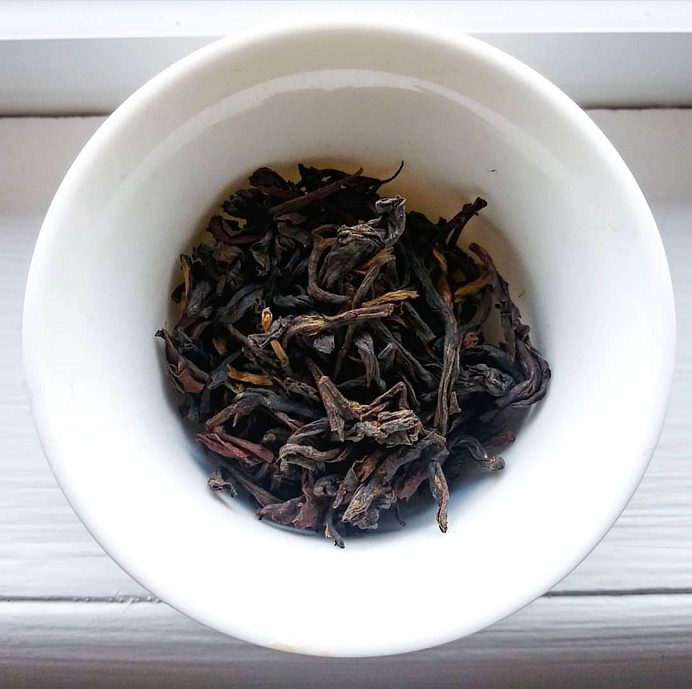
Unlike autumn 2018’s version, this was dialed down on the spiciness and astringency, smoother, and possessed a “frost”-like sharpness on the back end. In other words, it tasted like autumn … in winter. Also present was the requisite floral and muscatel alternation one usually finds in second flush offerings. It even lasted quite awhile when gong fu’d.
Upon talking with a rep from Gopaldhara, they mentioned the flavor profile was different this year due to a softer wither stage, followed by a longer post-drying phase—similar to slow sun-drying. The result was more “oolong” than prior attempts.
Old Bush Red Thunder
It was WAY different than the AV2 clonal version. Whereas the clonal was a straightforward Darjeeling with dialed-back muscatel and interesting layers, this was just … layers. Many layers. ALL the layers.

Not surprising since it was made from heritage (read: a century-plus old) tea bushes. I just couldn’t put my finger on what these notes were. And then it hit me one night … as I was halfway in an Ali Shan Red Oolong. That Darjeeling had red oolong notes. Which is weird because it wasn’t processed like one. Darjeeling oolongs are semi-oxidized – no kill-green, no bruising. But there those notes were.

What a pleasant surprise, and a heckuva delayed mental huigan. Darjeeling “oolongs” have never tasted like actual oolongs, but the lines appeared to be blurring right before my eyes. Not that my vision was that good to begin with.
Bihar
Doke—one of my favorite gardens in India.
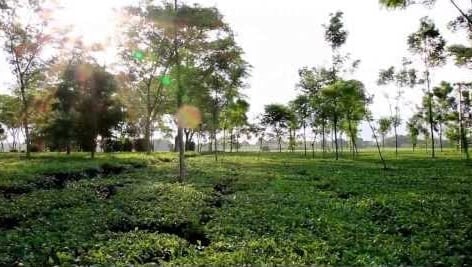
I’ve written about them countless times; you know the drill.
Of all the teas they produce, there was one I had difficulty getting behind. Their signature green tea rarely struck a chord with me. They’ve played with the recipe many times, and I’ve admired their tenacity in trying to get it right. Aside from a spectacular batch in the spring of 2015, though, it never suited my palate.
Obviously, there are plenty who love it, since they keep producing it. Great! More Doke Black Fusion black tea for me. But in the autumn of 2019, they sent a new experiment my way that changed the game a little.
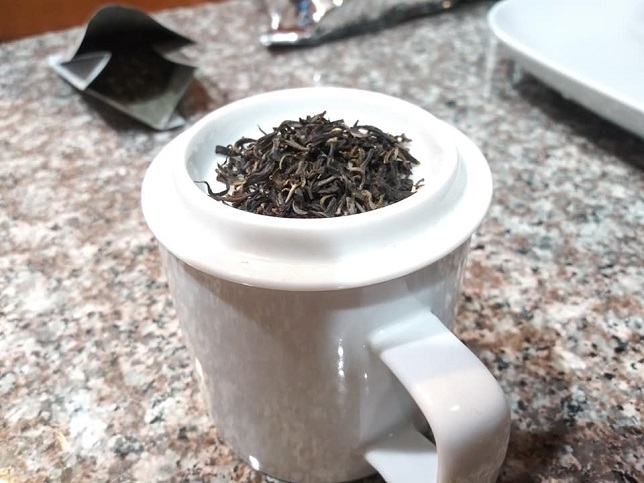
Doke Green Diamond . . . but a tippy version. I’m not sure how they made it, or how they got it so darn—well—tippy. The results spoke for themselves, though.
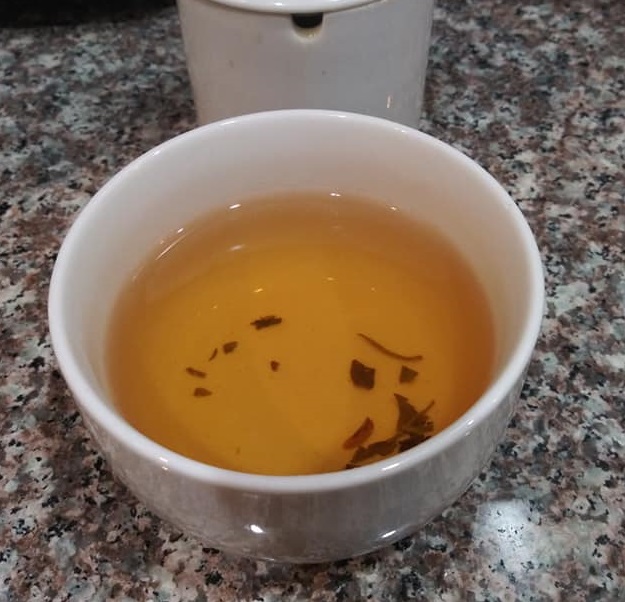
Unlike the standard, whole leaf version of their green tea, this one was more spry. It was nowhere near as bitter or delicate. Nor was it touchy to brew. Notes of fresh cut wild grass, dry earth, rind of an undiscovered fruit, and autumn-turning-into-winter. Indian assamica greens are often hit-or-miss, but this hit all the marks. Even marks I didn’t know I had.
In Closing . . .
Infrastructurally, the Indian tea industry is going through some growing pains. I won’t delve into any of that here, as I said at the top of the article. Rather, my goal was to highlight the good coming out of the country. As of now, spring of 2020, things are still up in the air. Due to a country-wide lockdown, first flushes in all regions across the board were cut in half. As to what this means for the greater industry, only time will tell.
I choose to be an optimist. Say what you want about India, make whatever jokes you want, what you can’t deny is their resilience. Sure, there’s national, tribal, regional, statewide pride, and that often gets in the way of sensical dialogue. But what Indians (as a whole) have demonstrated time and again is a willingness to learn from past mistakes and improve. Nowhere is this more apparent than in the younger generations who are stepping into this varied and volatile industry; armed with new approaches and new ideas.
In that way, their pride is earned.
And that’s why I write about Indian tea, and why I will continue to do so. Undeterred.
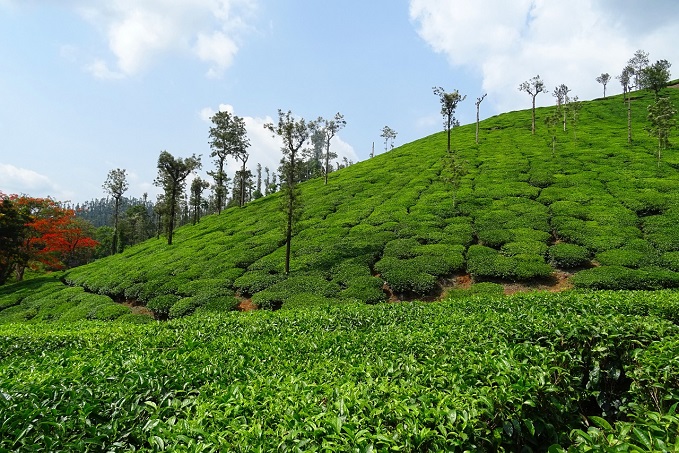
Leave a Reply